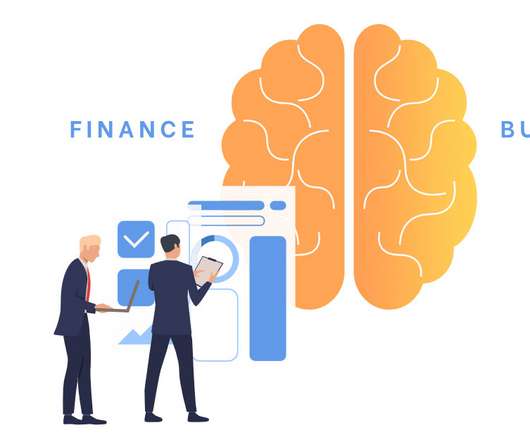Financial Intelligence vs. Business Intelligence: What’s the Difference?
Jet Global
APRIL 20, 2020
Finance leaders that were quick to recognize the new paradigm got a head start, using the new technology to make their organizations more efficient and profitable. Over the past few decades, however, technology has been closing that gap. Today’s technology takes this evolution a step further.



















Let's personalize your content